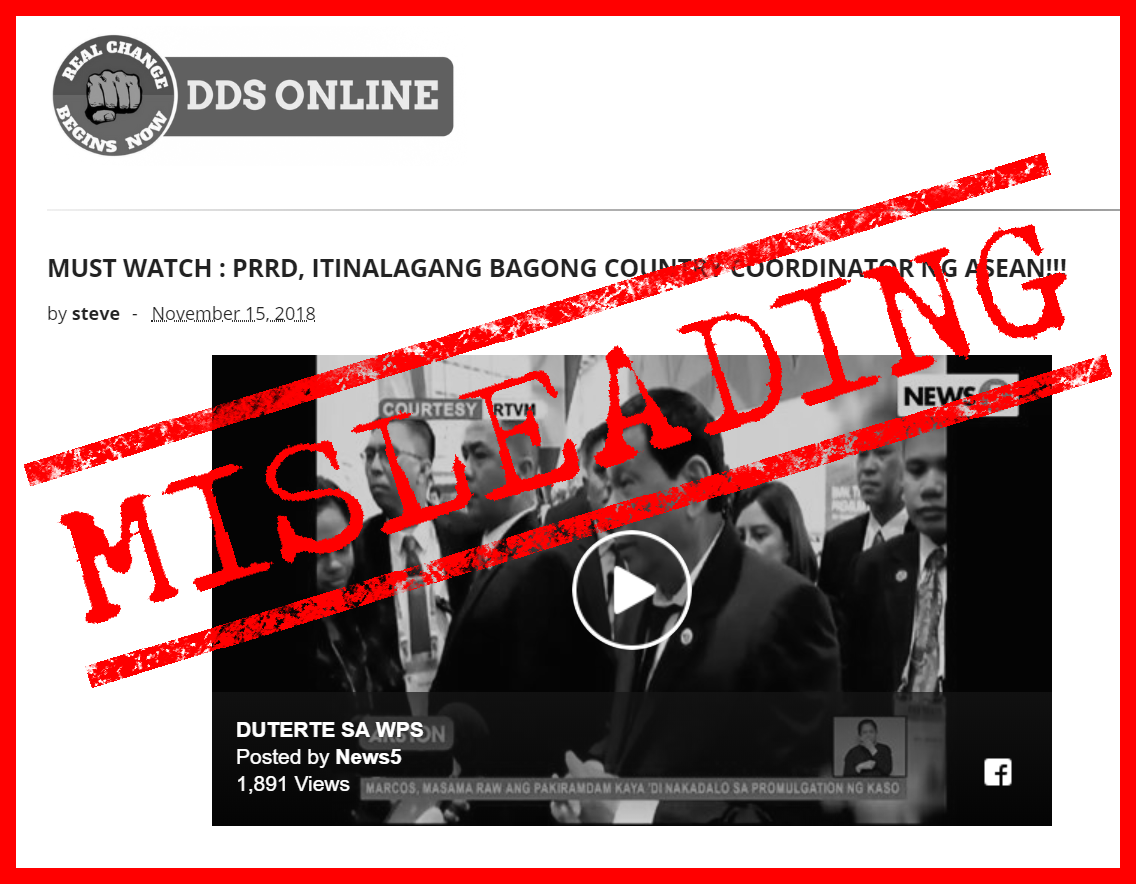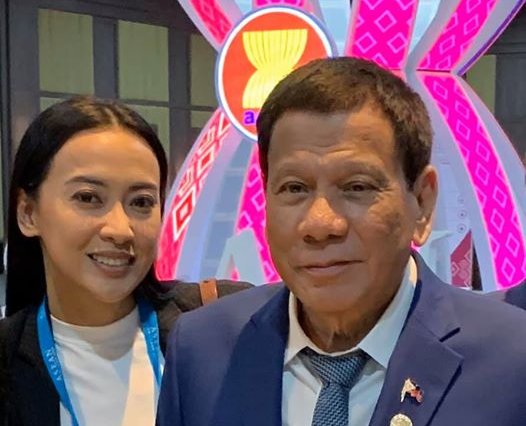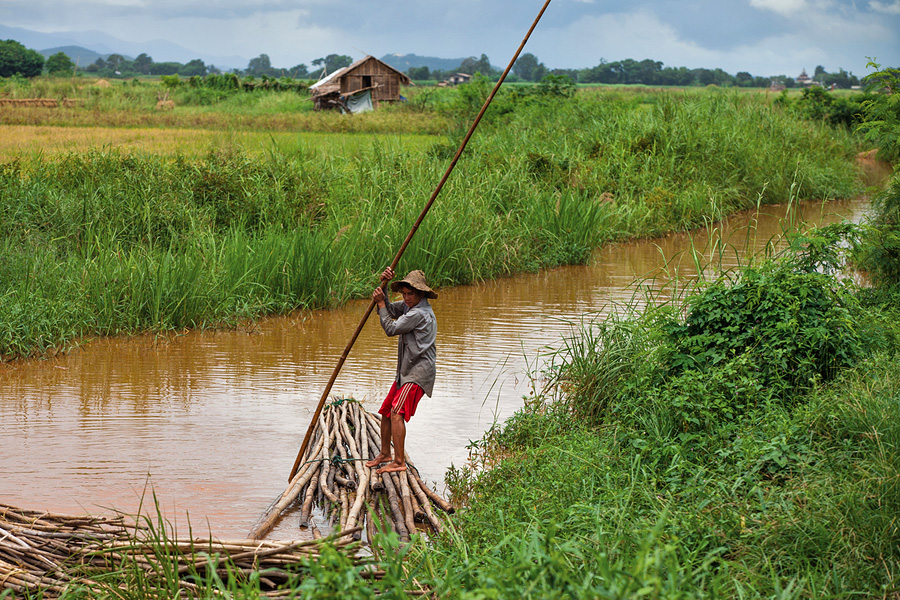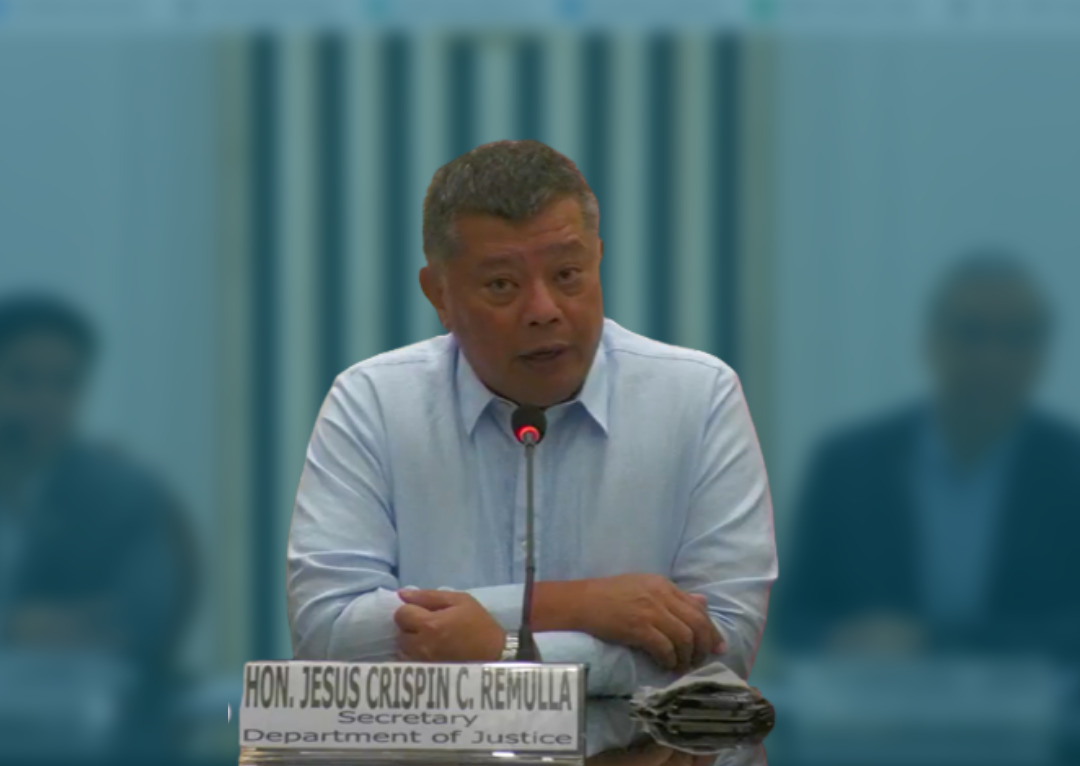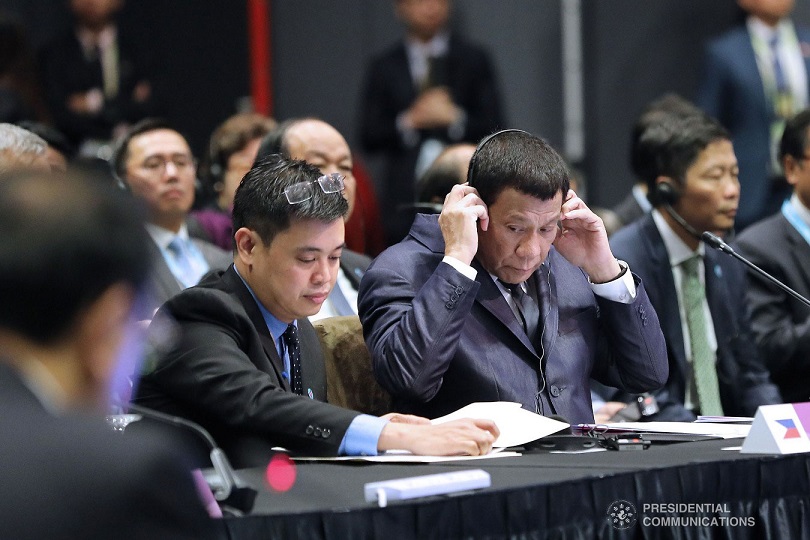
Pres. Duterte prepares to deliver the ASEAN Common Statement during the 3rd ASEAN-China
Summit at the Suntec Convention and Exhibition Centre in Singapore on November
14, 2018. Malacañang photo by Rene Lumawag.
SINGAPORE – A Code of Conduct (COC) for the South China Sea could be concluded in as early as three years, just about the same time that President Duterte completes his six-year term as president of the Philippines.
Speaking in Singapore on Wednesday during the meeting of leaders between the Association of Southeast Asian Nations (Asean) and China, Duterte reiterated the Philippines’ commitment for “the expeditious conclusion of an effective COC.”
“As co-chair of the COC negotiations, the Philippines will continue to work closely together with the Asean Member States and China for the early conclusion of an effective and substantive COC,” Duterte addressed the Asean-China Summit.
Duterte’s statement came a day after Chinese President Lee Keqiang, at a separate event here, said Beijing is committed to conclude the COC in that time period.
Asean and China have been working on a COC for over a decade in the hope of ensuring that tensions do not deteriorate into open hostilities in the South China Sea, which is under dispute by four Asean states, China, and Taiwan.
There hadn’t been any significant progress over the years until Duterte assumed the presidency of the Philippines in 2016 who had taken on a more conciliatory stance with China, contrary to the previous administration of President Benigno Aquino III.
A milestone in the talks was the adoption in August of a single negotiating draft of the COC.
Asked if he sees obstacles in the timeframe mentioned by China, Malaysian Prime Minister Mahathir Mohammad said he does not.
“We all want to settle this problem,” Mahathir said at a doorstop interview in between Asean meetings. “And I think China is committed to resolving this problem…in three years.”
“Asean and China have seen steady progress in the initial phase of the COC negotiations since the announcement of a Single Draft COC Negotiating Text, and looked forward to the completion of the first reading of the Singe Draft COC Text by 2019,” Duterte said in his speech.
The COC could have as many as three Readings where senior officials evaluate progress of the draft.
Following Asean procedure, the senior officials – equivalent to an Undersecretary in the Philippines – will then present the document to the Foreign Ministers for their inputs and approval.
“Next year, there will be more evaluation,” Thai Prime Minister Prayut Chan-o-Cha said in Thai.
The contentious journey for a COC in the South China Sea, covering 3,500,000 square kilometers from the Karimata and Malacca Straits to the Strait of Taiwan where over $3 trillion in trade pass, started 26 years ago with the adoption of the 1992 ASEAN Declaration on the South China Sea during the foreign ministers meeting in Manila.
The declaration stressed the need for an agreement because “South China Sea issues involve sensitive questions on sovereignty and jurisdiction” of countries in the region.
In 2002, the ASEAN Foreign Ministers, meeting in Phnom Penh, Cambodia, settled for a Declaration on the Conduct of Parties (DOC) in the South China Sea.
Included in the declaration was the agreement that “Parties undertake to exercise self-restraint in the conduct of activities that would complicate or escalate disputes and affect peace and stability including, among others, refraining from action of inhabiting on the presently uninhabited islands, reefs, shoals, cays, and other features and to handle their differences in a constructive manner.”
Seven years earlier, a number of hostile activities between China and ASEAN member states particularly Vietnam and the Philippines happened. Most serious was the 1995 occupation by China of Mischief Reef (Philippine name: Panganiban Reef; Chinese name: Meiji Reef), 130 nautical miles from the Philippine province of Palawan.
Mischief Reef is also claimed by Vietnam and Taiwan.
The “self-restraint” clause in the DOC is often cited by China’s critics as the Asian superpower undertook massive reclamation and development in the Spratlys in South China Seafor and created artificial islands in its seven occupied reefs following the filing by the Philippines of the case before the Permanent Court of Arbitration in The Hague questioning China’s nine-dash-line map which covers almost the whole of South China Sea.
At the Manila ASEAN summit in 2017, China and ASEAN adopted a framework for COC in the South China Sea that will not cover bilaterally disputed areas such as the Scarborough shoal, also known as Bajo de Masinloc, which is claimed by both Beijing and Manila, and Paracels, claimed by China and Vietnam.

